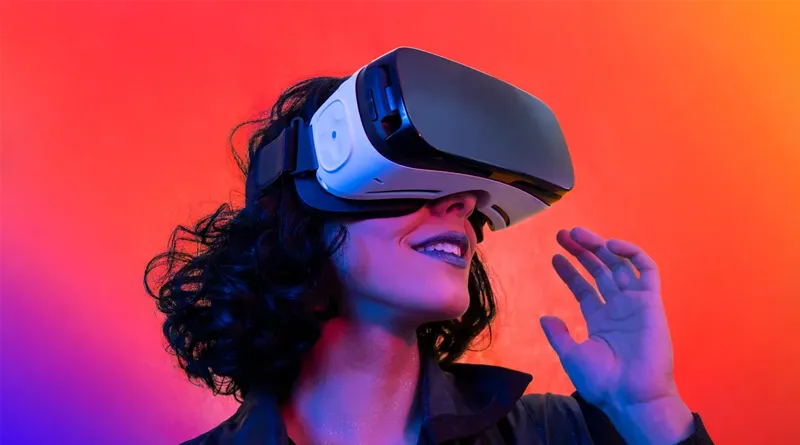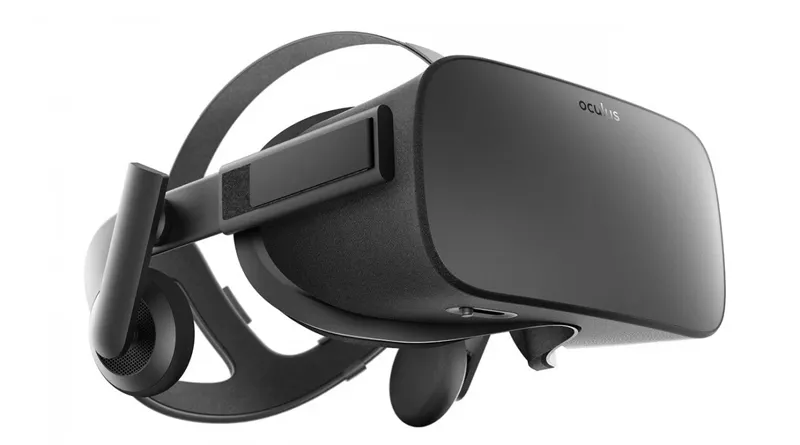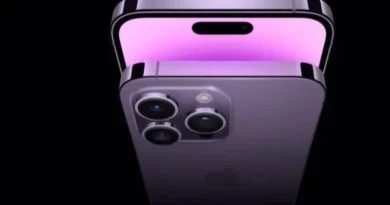VR Headsets
Contents
VR Headsets: Stepping into Virtual Realms
The realm of technology has gifted humanity with countless wonders, but few are as immersive and transformative as virtual reality (VR). At the heart of this innovation lies the VR headset – a device that transports us beyond the confines of reality into realms of imagination. This blog voyage unravels the origin of VR headsets, delves into their quality evolution, and spotlights the acclaimed brands that have woven the fabric of virtual reality across India, the European Union, and the United States.
The Birth of VR Headsets
The concept of virtual reality dates back to the mid-20th century, but it wasn’t until the late 20th century that VR headsets began to emerge as we know them today. The term “virtual reality” itself was coined by Jaron Lanier in the 1980s, sparking interest in creating technology that could transport users into digital realms.
The early attempts at VR were rudimentary and often bulky, relying on basic graphics and limited interactivity. However, the seeds of innovation had been planted, paving the way for the breathtaking experiences we have today.
The Evolution of Quality
The evolution of VR has been a tale of technological marvels, each generation pushing the boundaries of immersion and realism:
1. Display Quality
From pixelated screens to high-resolution displays, it has undergone a dramatic improvement in visual quality. The transition from standard definition to 4K displays has ushered in stunningly lifelike visuals.
2. Field of View (FoV)
Early headsets offered a limited field of view, creating a “binocular effect.” Modern headsets have expanded the field of view, allowing for a more natural and immersive experience that closely mirrors human peripheral vision.
3. Tracking and Controllers
One of the defining features of VR is the ability to interact with the virtual world. The advent of precise tracking systems and handheld controllers has elevated user interaction, enabling gestures, movements, and actions to translate seamlessly into the virtual environment.
4. Refresh Rates
To combat motion sickness and enhance realism, VR now offers higher refresh rates. The shift from 60Hz to 90Hz or even 120Hz has resulted in smoother visuals and reduced motion-related discomfort.
5. Wireless Connectivity
Cutting the tether to a computer or console has been a game-changer. Wireless VR offers more freedom of movement and makes it easier to get lost in the virtual world without being constrained by cables.
Famous VR Headset Brands
India:
Oculus: Oculus, a subsidiary of Facebook, has been instrumental in popularizing consumer VR. Their Oculus Rift and Oculus Quest series offer high-quality VR experiences and a growing library of games and applications.
HTC Vive: HTC Vive has also made a mark in the Indian market with its VR headsets. The Vive Cosmos and Vive Pro series deliver premium VR experiences, often coupled with precise tracking and room-scale capabilities.
European Union:
Sony PlayStation VR: While not exclusively an EU brand, Sony’s PlayStation VR is a prominent player. The VR headset complements the PlayStation gaming console and offers a range of immersive titles. Valve Index: Valve’s Index VR has garnered attention for its high-quality display, precise tracking, and compatibility with Valve’s SteamVR platform.

United States:
Oculus: Oculus, based in the USA, has played a pivotal role in shaping the VR landscape. Their constant innovation, combined with a commitment to accessibility, has earned them a significant share of the market.
HTC Vive: HTC Vive also maintains a strong presence in the USA. Their VR offerings cater to a diverse range of users, from gamers to professionals seeking immersive experiences.
The Impact of VR Headsets
The rise of VR has had a profound impact on various sectors:
1. Gaming and Entertainment
VR has revolutionized gaming, offering players unprecedented levels of immersion and interactivity. From action-packed adventures to tranquil simulations, VR gaming transcends the screen.
2. Education and Training
VR has opened new frontiers in education and training. Students can explore historical events, travel to distant planets, or dissect virtual organisms, all while remaining in the classroom.
3. Healthcare and Therapy
VR technology is proving invaluable in healthcare. It’s used for pain management, exposure therapy, and even surgical training, creating safe and controlled environments for patients.
4. Architecture and Design
Architects and designers utilize virtual reality to craft immersive tours of structures and environments. Clients can experience their projects before construction begins, making informed decisions.
5. Art and Creativity
Artists and creators are pushing the boundaries of expression through VR. VR art offers new dimensions for self-expression and allows audiences to interact with artwork in unprecedented ways.
The Future of Virtual Reality
As technology continues to advance, the potential of VR is boundless. The fusion of VR with augmented reality (AR) promises an even more seamless integration of digital and physical worlds. Moreover, improvements in haptic feedback and neural interfaces could take immersion to new heights.
Visite more gadget pages
FAQs: Your Questions Answered
Q: Can I use VR headsets if I wear glasses?
A: Many VR headsets offer adjustable lenses and accommodate glasses wearers. Some headsets even provide prescription lens inserts for a comfortable experience.
Q: Is motion sickness a concern with VR headsets?
A: Motion sickness can affect some users, particularly in experiences with fast movement. However, advancements in technology and increased refresh rates have significantly reduced this issue.
Q: Can I use VR headsets for productivity tasks?
A: Yes, VR headsets are increasingly used for productivity, allowing users to create, collaborate, and visualize concepts in 3D space.
Q: Are VR headsets suitable for children?
A: VR manufacturers often recommend a minimum age for headset use due to concerns about the impact on developing eyesight. It’s advisable to follow the guidelines provided by the manufacturer.
Q: Can I use VR headsets for exercise?
A: Yes, VR can offer engaging workout experiences. Some VR applications and games are designed specifically for fitness and encourage physical activity.




